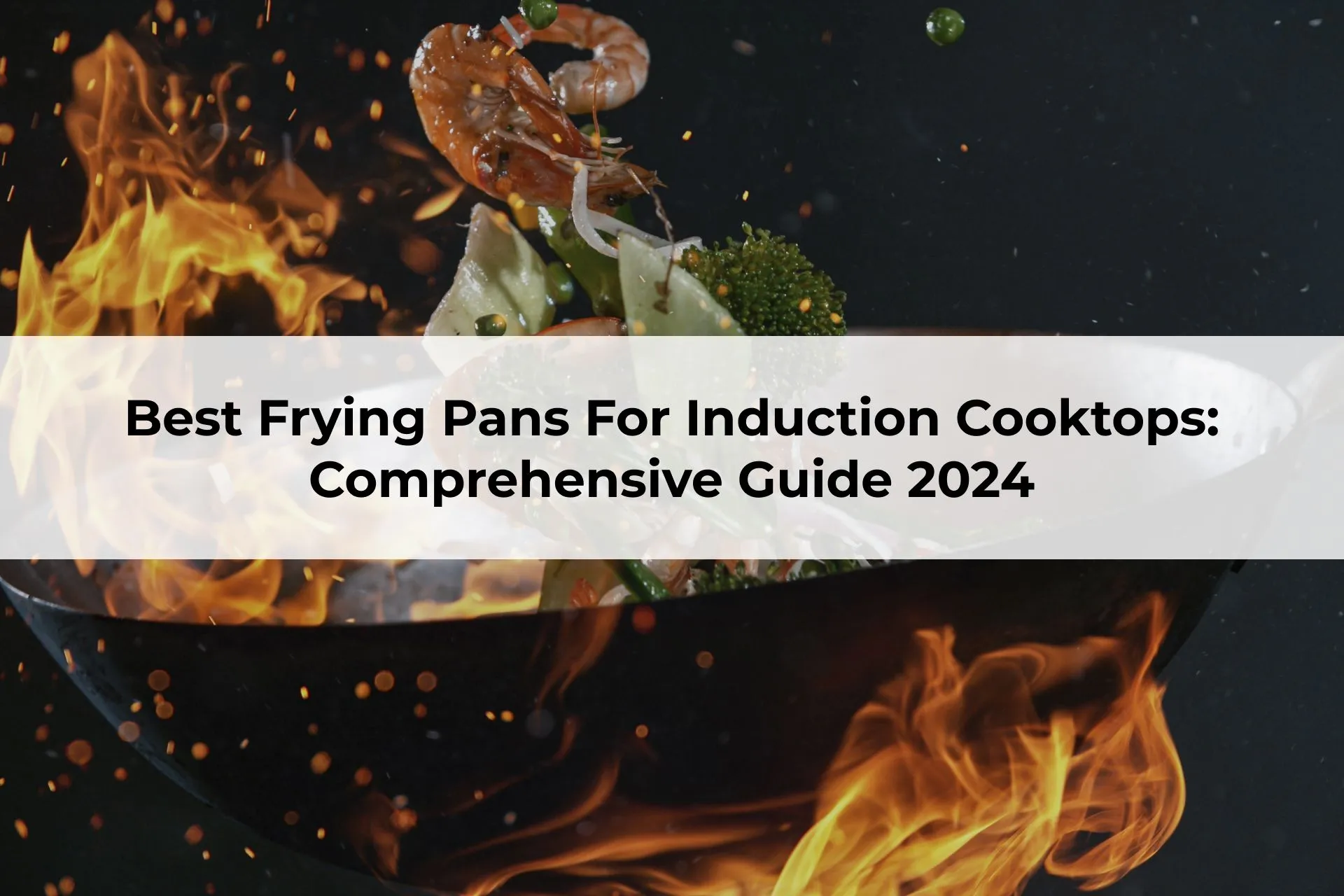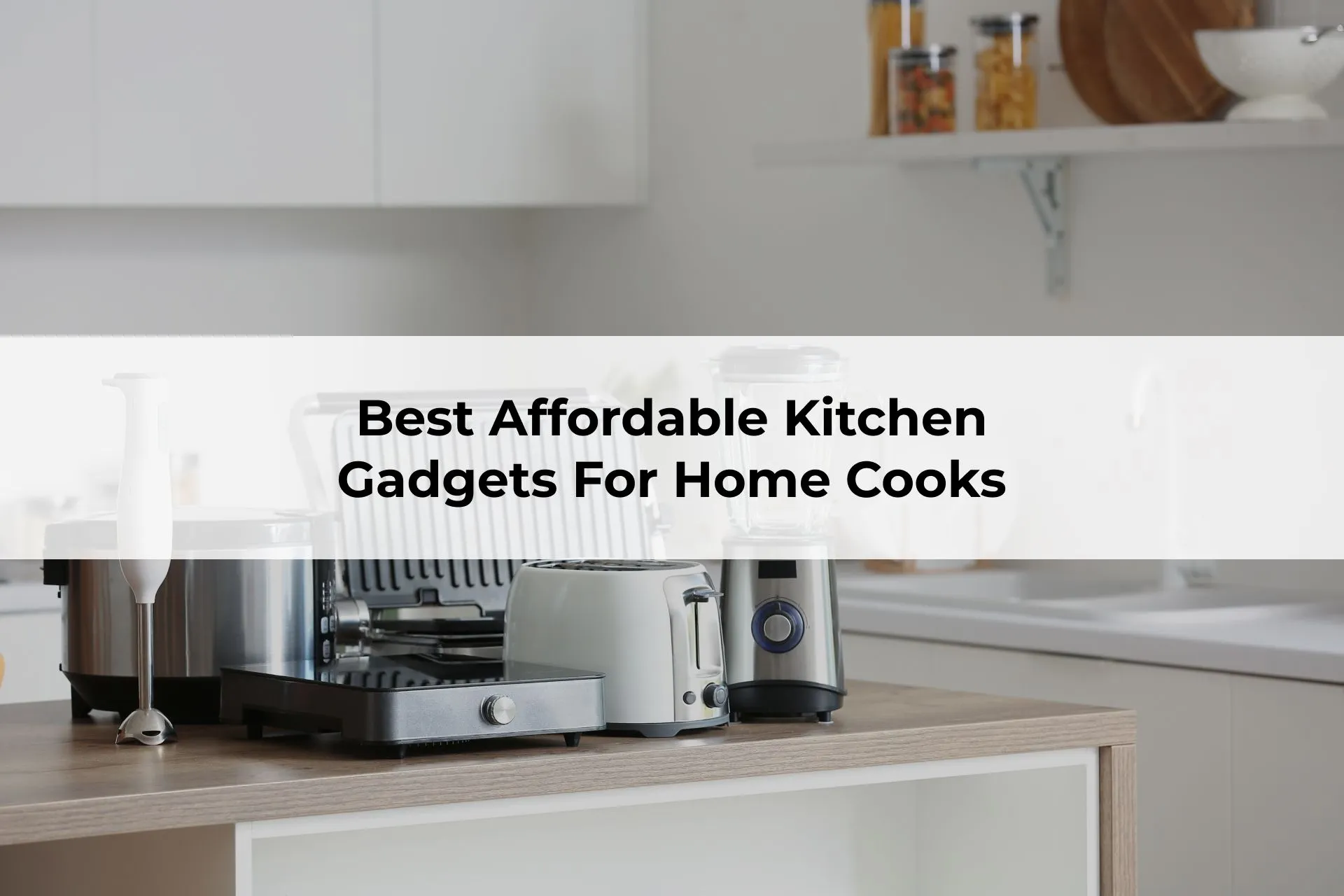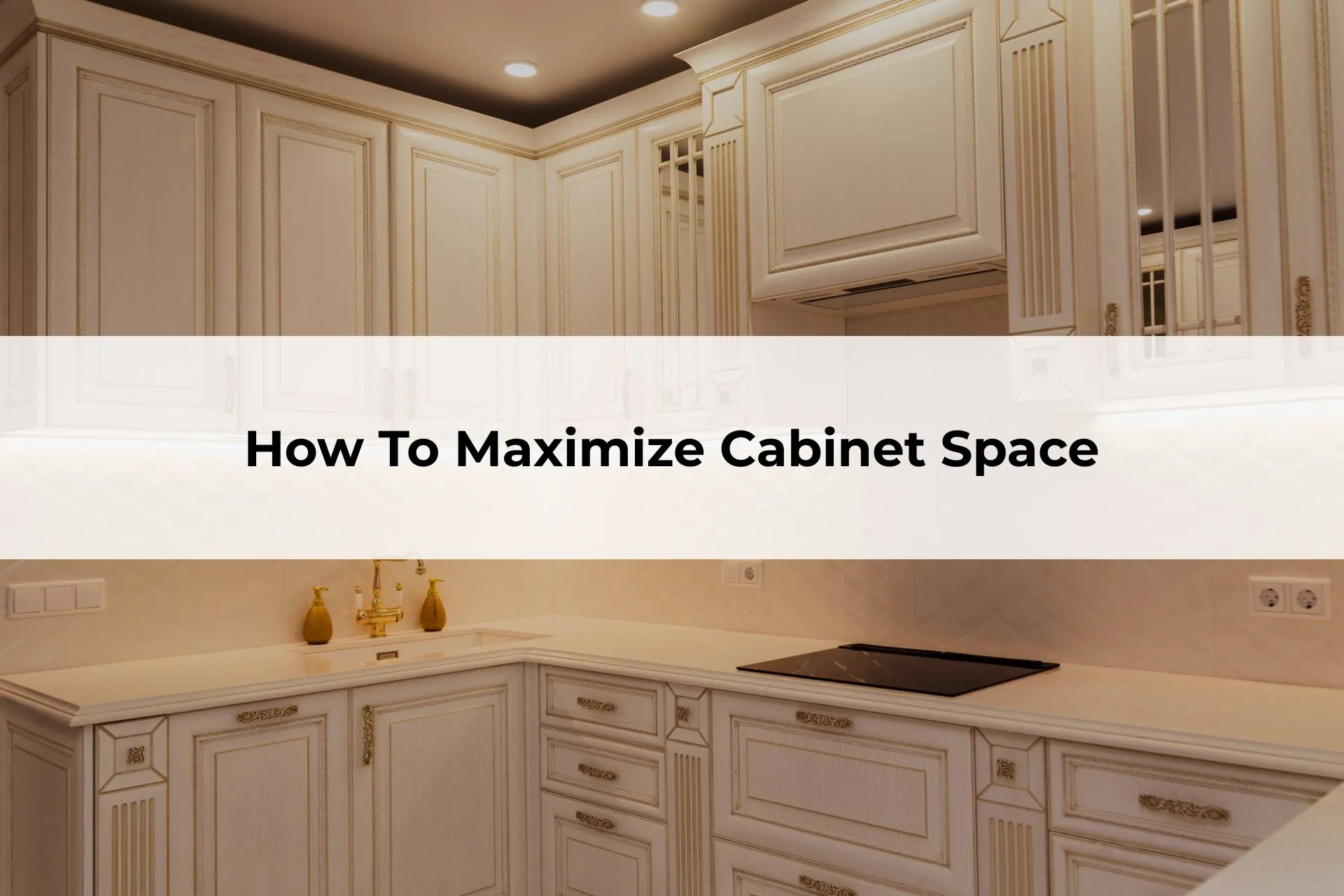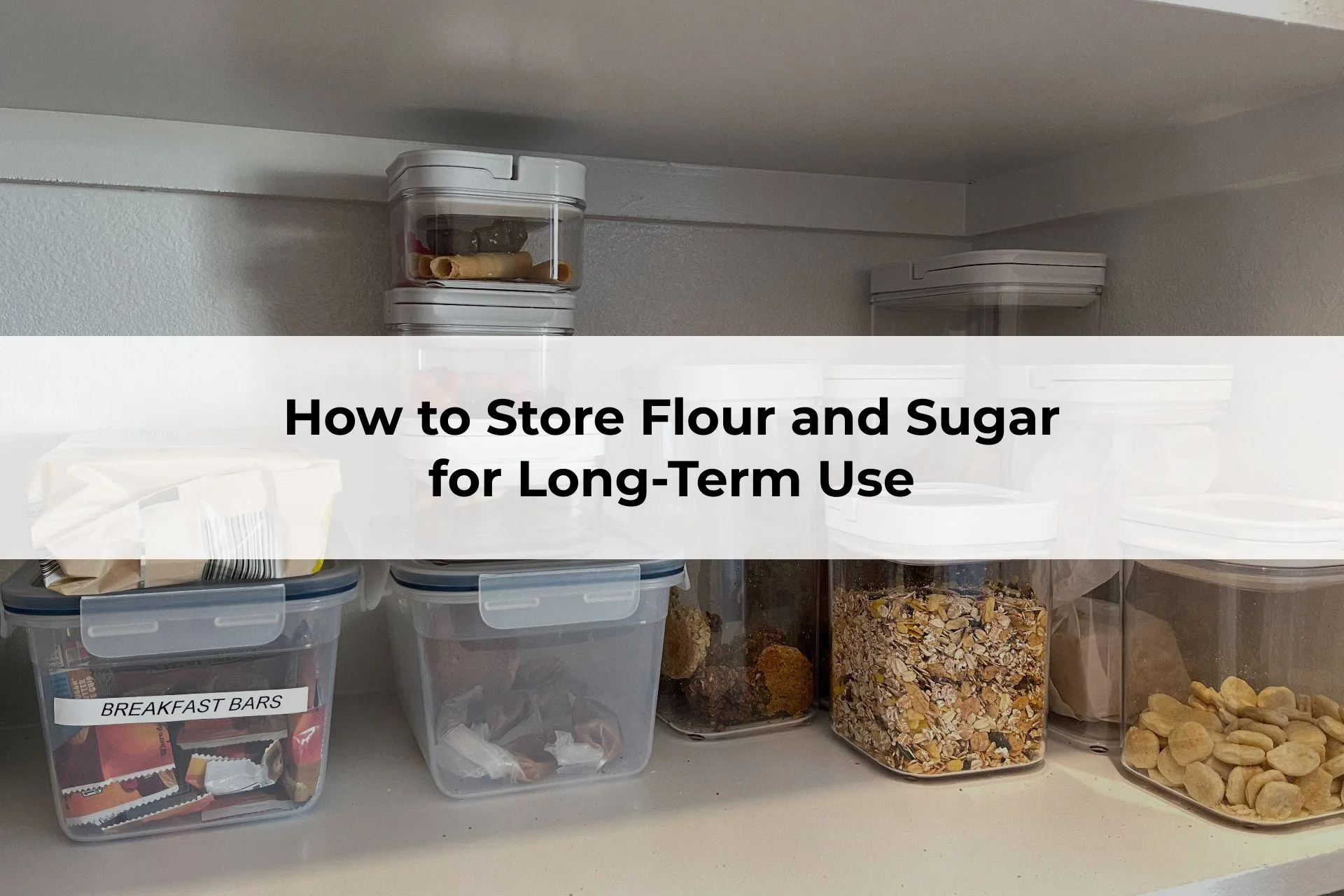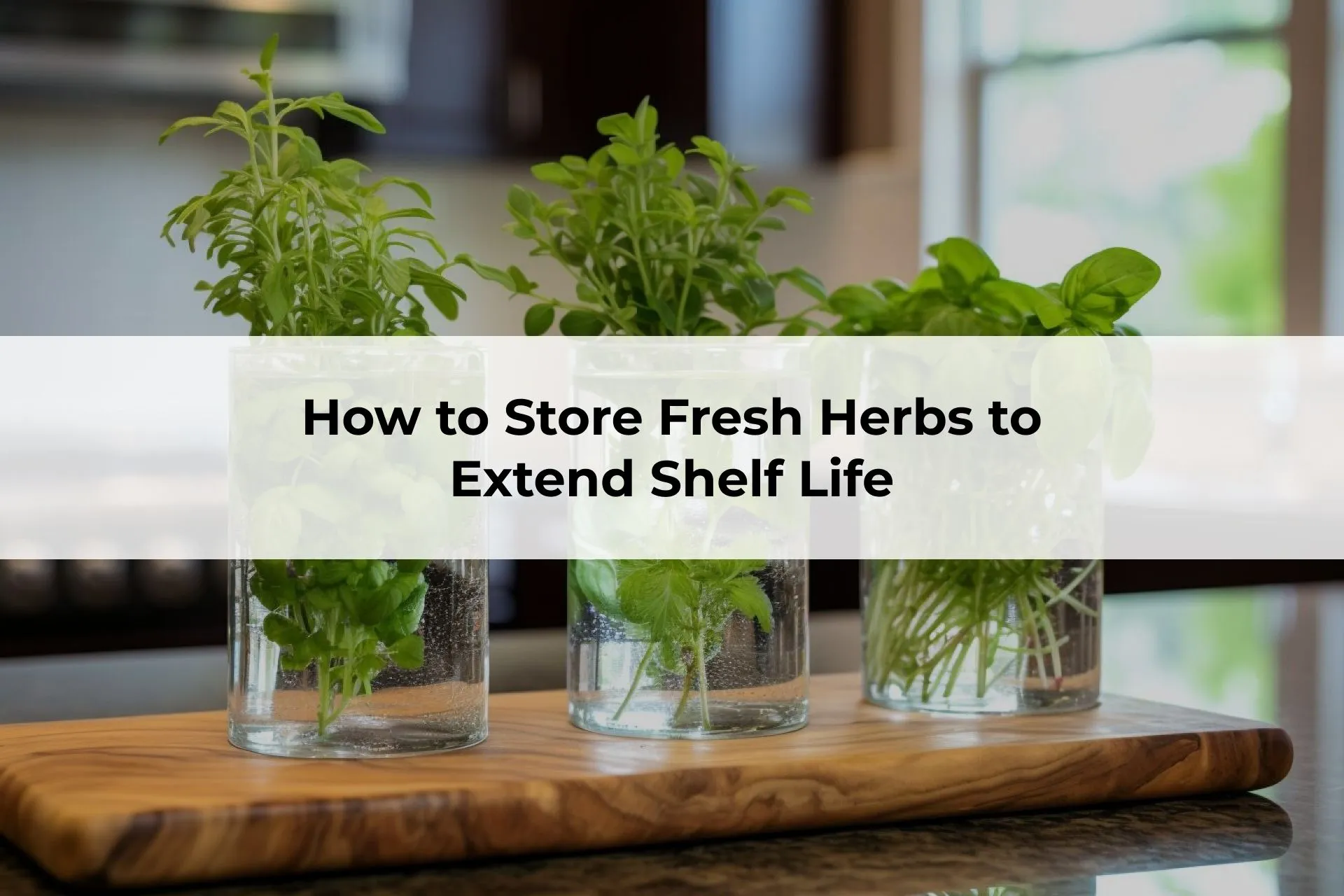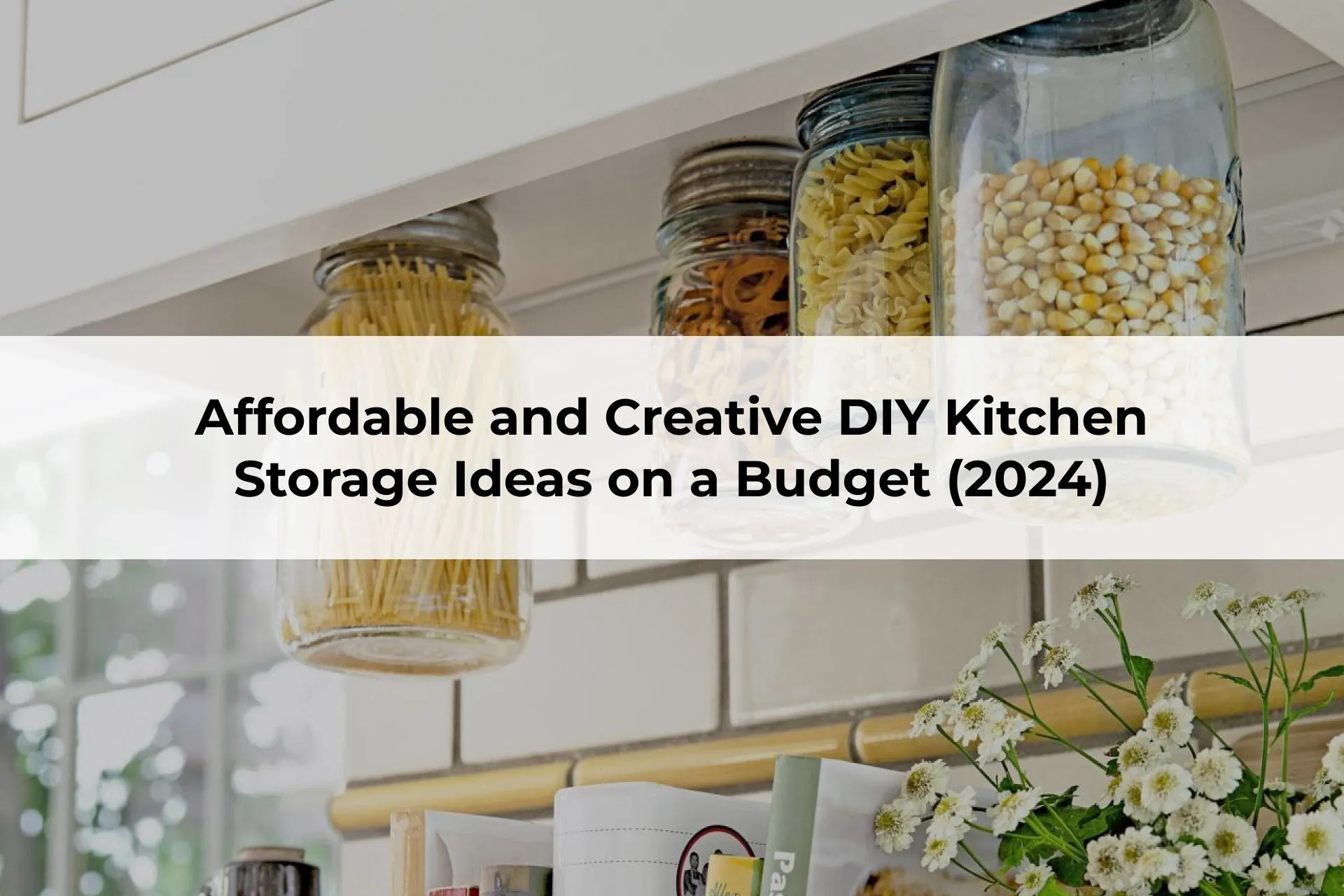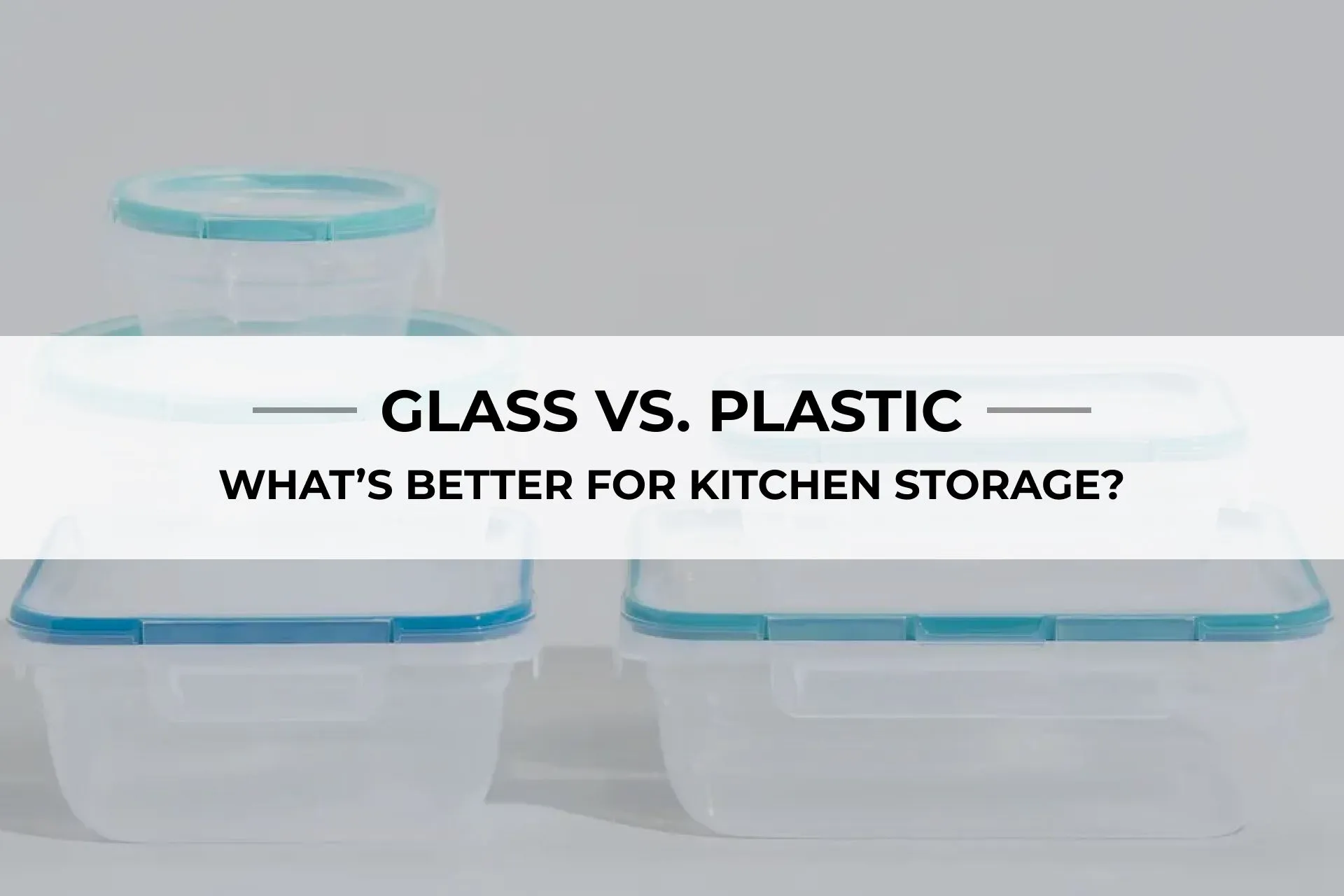
When it comes to kitchen storage, many people wonder: Glass vs. Plastic—which is better for your kitchen? In this guide, we’ll compare both materials to help you decide the best option for your storage needs.
When it comes to organizing your kitchen, the best type of storage materials you use can make a significant difference. Glass and plastic are the two most common materials for kitchen storage, each with its advantages and disadvantages. But how do you decide which one is better for your needs? In this comprehensive guide, we’ll dive deep into the comparison of glass and plastic kitchen storage, covering key factors like durability, safety, environmental impact, and cost. By the end of this guide, you'll know which material suits your lifestyle and storage needs best.
| Aspect | Glass | Plastic |
|---|---|---|
| Durability | Long-lasting, resistant to staining, warping, and odors. | Lightweight but prone to scratches, warping, and discoloration over time. |
| Health and Safety | Non-porous, BPA-free, and safe for reheating. | May leach chemicals into food, especially when exposed to heat or acidic items. |
| Environmental Impact | 100% recyclable and reusable, making it an eco-friendly choice. | Less recyclable; contributes significantly to landfill waste and environmental pollution. |
| Cost Effectiveness | Higher upfront cost but pays off with long-term durability. | More affordable initially but may need frequent replacement due to a shorter lifespan. |
| Versatility | Oven- and microwave-safe, ideal for cooking and storage. | Lightweight and portable, but not heat-resistant; may warp in dishwashers or microwaves. |
| Aesthetic Appeal | Portable meals, short-term storage, and budget-friendly options. | Available in various colors and designs but lacks the premium look of glass. |
| When to Choose Glass | Long-term storage, safe reheating, eco-conscious households. | Portable meals, short-term storage, budget-friendly options. |
The kitchen is often the heart of a home, where every detail matters, including storage. Choosing the right storage containers can impact food safety, organization, and even the environment. Among the many options available, glass and plastic containers dominate the market. But how do you decide which is better for your kitchen? This guide delves into a comprehensive comparison of glass and plastic, exploring their strengths, weaknesses, and ideal use cases.

Glass containers are highly durable and can withstand high temperatures, making them perfect for reheating and long-term storage. They resist scratches and don’t absorb food odors or stains. On the other hand, plastic containers are lightweight and convenient but often show wear and tear over time, such as scratches, discoloration, and warping.
Suggested blog: DIY Kitchen Storage Ideas on a Budget
Glass is non-porous and chemical-free, ensuring that no harmful substances leach into your food. It is particularly useful for storing acidic or oily foods. In contrast, plastic containers, especially those not BPA-free, can pose health risks. When exposed to heat, certain plastics release harmful chemicals into food.
Suggested blog: FDA’s Guidelines on Food Storage Safety
Glass is 100% recyclable and contributes significantly less to pollution compared to plastic. It’s reusable for years without degrading, making it an eco-conscious choice. Plastic, while recyclable, is often not processed correctly and ends up in landfills, contributing to environmental pollution.
Suggested blog: Essential Storage Solutions for Small Kitchens
Suggested blog: Plastic Waste Crisis (National Geographic)
While glass containers may have a higher initial cost, their durability ensures they last much longer, making them a cost-effective solution in the long run. Plastic containers are cheaper to buy but may need frequent replacements due to wear and tear. This makes glass a better investment for households looking for long-term value.
Glass containers are versatile, as they can be used for both cooking and storage. They’re oven-, microwave-, and dishwasher-safe. Plastic containers, while lightweight and portable, lack the heat resistance needed for cooking and may warp in high temperatures.
Image Suggestion: Slug: versatile-glass-containers.jpg
Alt Text: Versatile glass storage containers are being used for cooking and storage.

The transparency and sleek design of glass containers add a modern, organized look to your kitchen. They make it easy to see what’s stored, saving time and effort. Plastic containers, while colorful and customizable, don’t provide the same premium appearance.
If you prioritize sustainability, health, and durability, glass is the clear winner. It’s perfect for households focused on long-term use and eco-friendly practices. Plastic is better for short-term storage, on-the-go meals, or if you’re on a tight budget.

Suggested blog: How to Store Fresh Herbs to Extend Shelf Life
The debate between glass and plastic for kitchen storage boils down to your priorities. For durability, safety, and eco-consciousness, glass is the superior choice. Plastic, however, offers convenience and affordability for specific needs. Carefully evaluate your kitchen habits and needs before deciding.
